Black Collage Artists Showcased In MFAH’s Groundbreaking Multiplicity — With New Talents Given Their Due
A Historic Exhibit Makes an H-Town Statement
BY Ericka Schiche // 05.01.24Njideka Akunyili Crosby's "Nyado: The Thing Around Her Neck," 2011, at Museum of Fine Arts, Houston. (© Njideka Akunyili Crosby, courtesy the artist, Victoria Miro, London/Venice, and David Zwirner, New York City)
Reflecting on the complexity of reality, artist Radcliffe Bailey once stated: “I always thought the surreal was real to Black people.” Throughout his career, Bailey developed a fusion of collective memory, familial history, narrative, deep symbolism and Black history. Undoubtedly inspired by the Middle Passage and the African diaspora, his surrealistic collage Western (2015) references this fusion.
Bailey, who passed away in 2023, is one of 52 artists featured in “Multiplicity: Blackness in Contemporary American Collage,” showing through May 12 at the Museum of Fine Arts, Houston.
“Multiplicity” is the first major museum exhibit focused on Black collagists. One could say it is a visual manifestation of the statement: “There are 47 million ways to be Black.”
Originally curated by Katie Delmez of Nashville’s Frist Art Museum, this project is eight years in the making. The Houston iteration is led curatorially by Anita N. Bateman of the Museum of Fine Arts, Houston. Conceptually, “Multiplicity” explores numerous themes: Fragmentation and Reconstruction, Excavating History and Memory, Cultural Hybridity, and Gender Fluidity and Queer Spaces. Other areas include Abstraction, Notions of Beauty and Power, and Digital Stitches.
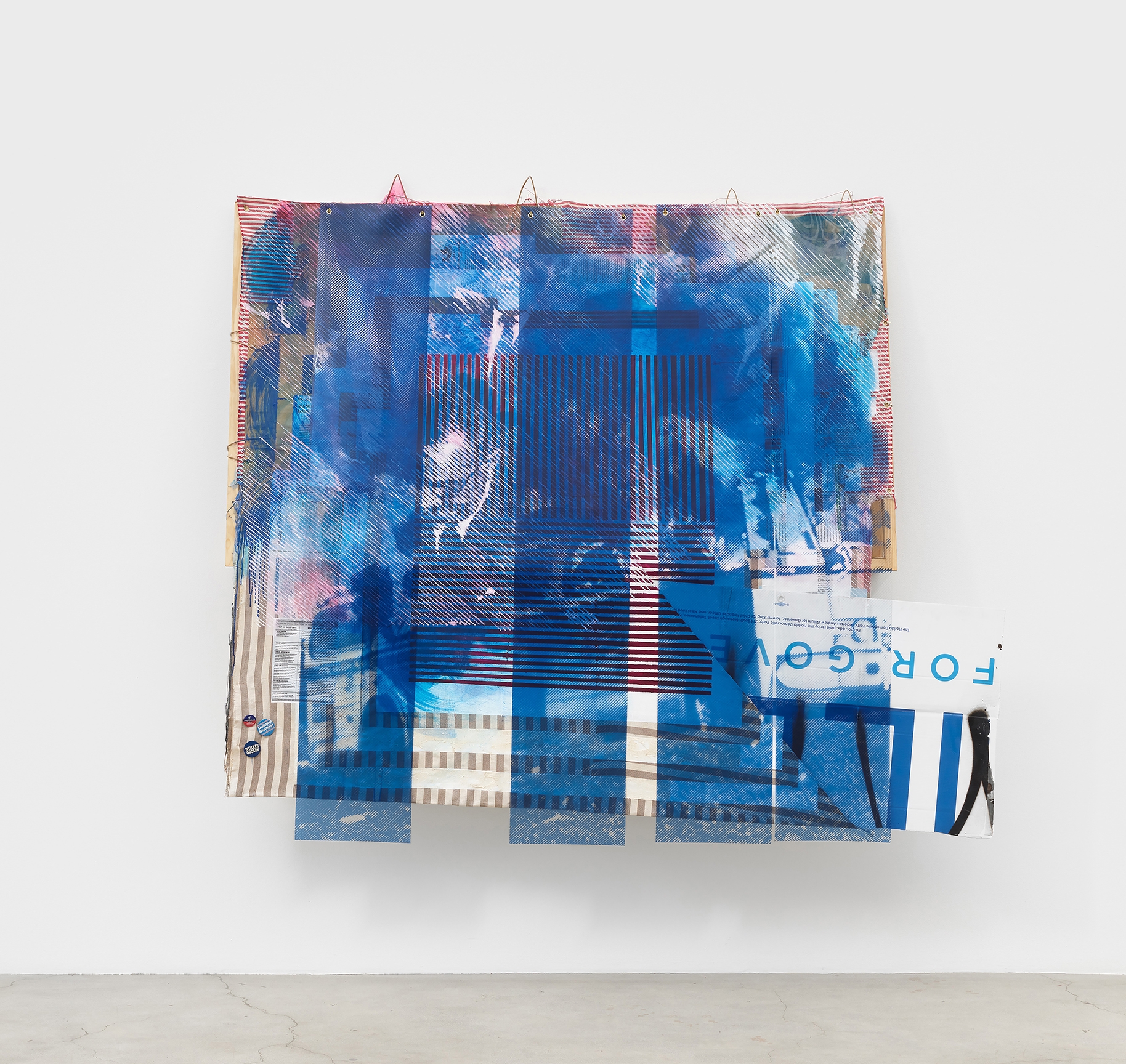
Houston-born artist Tomashi Jackson addresses perennially relevant topics including politics, systemic racism and the evisceration of voting rights in her collage Ecology of Fear (Gillum for Governor of Florida) (Freedom Riders bus bombed by KKK). Jackson traveled to Greece, where she engaged in thoughtful discussions about real democracy and studied the political landscape. She previously studied Josef Albers’s work regarding color theory and color relativity.
In the work, Jackson incorporates political ephemera like Greek ballot papers and an Andrew Gillum campaign sign, along with Pentelic marble dust.
Artists featured in “Multiplicity” build on foundational legacies of Black collagists, including the father of Black collage Romare Bearden. Other major artists — including Betye Saar, Emory Douglas and the late Faith Ringgold — also paved the way for younger Black artists.
One intriguing aspect of this MFAH exhibit is the embrace of large scale works. Ebony G. Patterson’s …pink…red…striped…carnations… (2022) is a majestic diptych in which the words “forever” and “in waiting” are juxtaposed. Butterflies and flowers, in contrast with a white background, connect the viewer back to nature. Wangechi Mutu’s Forbidden Fruit Picker (2015) captures a beautiful, mysterious Afrofuturistic scene. Njideka Akunyili Crosby’s Nyado: The Thing Around Her Neck (2011) is a stunning collage dominated by the color yellow and unique patterns (with hints of Nigerian culture). Rashid Johnson’s Untitled Escape Collage (2019) stands out as one of the best works in the exhibit.
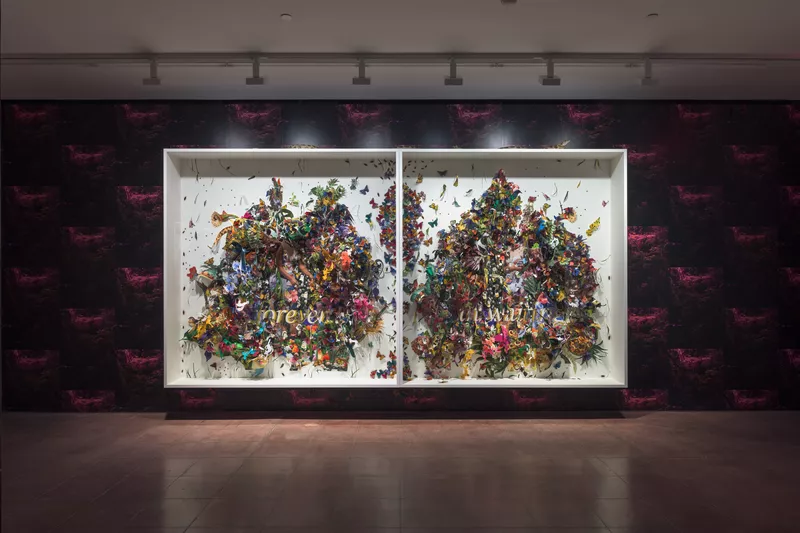
Queer Black artists are well-represented in the exhibit. Wardell Milan’s Pulse. That’s That Orlando Moon, 808 Club Bass (2022) refocuses our attention away from the tragedy of the Pulse nightclub shooting and serves as a reminder of how much joy can come from a community gathering space defined by music and dance. Rashaad Newsome’s Art of Immortality 2 (2019), like Devan Shimoyama’s Red Haze (2021), has a striking, bejeweled quality that celebrates queerness.
Lovie Olivia pays homage to the Harlem Renaissance era and queer safe spaces with her Dark Tower (2021) triptych. She found inspiration in A’Lelia Walker’s Dark Tower townhouse, an intellectual salon where Walker also hosted parties. After conducting meticulous research, she constructed the collages, using squid ink, indigo paste, gold leaf, glitter vellum, graphite, archival paper and folders.
In addition to Lovie Olivia, other Houston artists also featured in “Multiplicity” include Rick Lowe, Jamal Cyrus (of Otabenga Jones), Lanecia A. Rouse and Tay Butler.
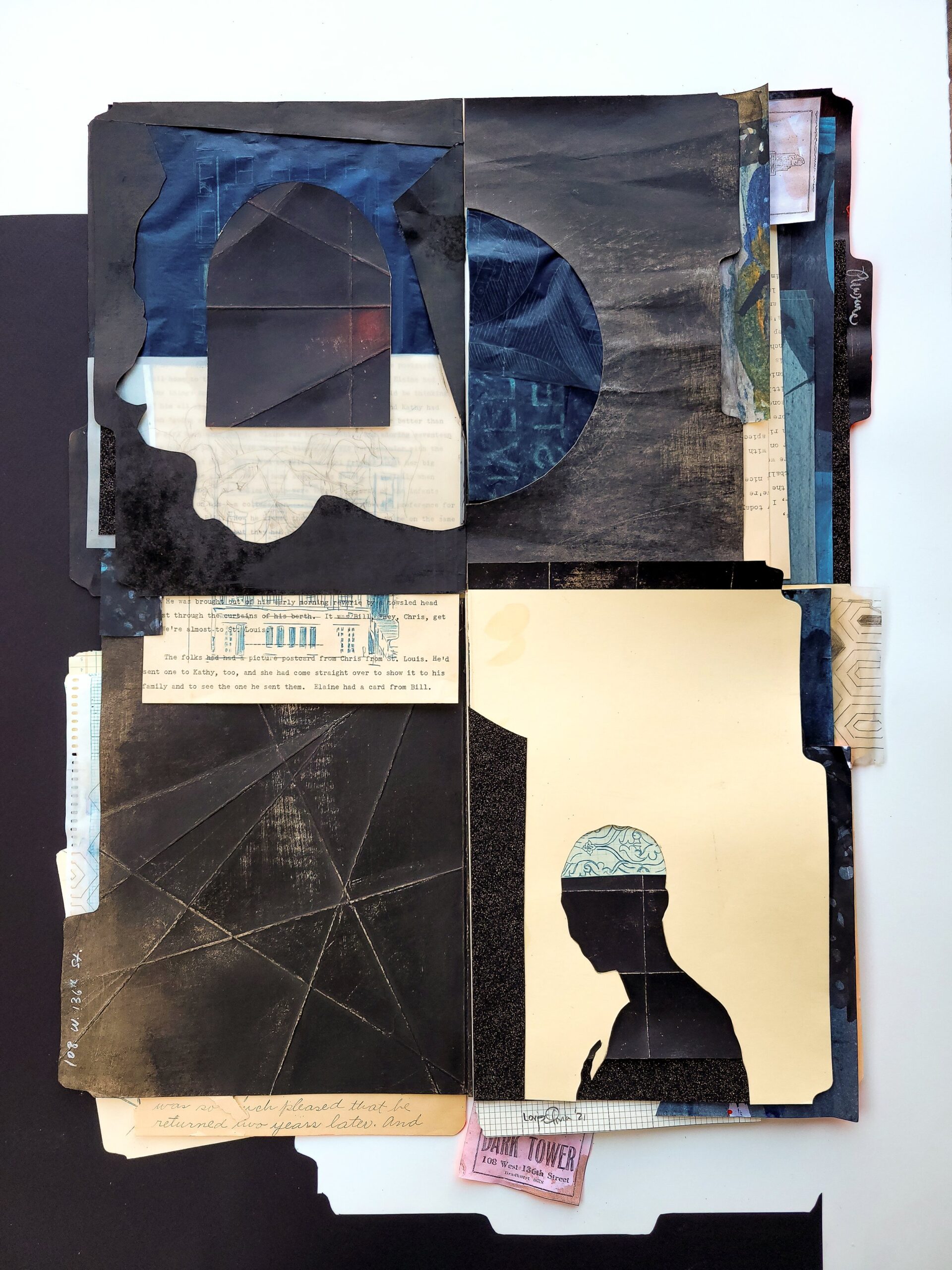
“Multiplicity” also features collages in nontraditional mediums. Arthur Jafa’s short film montage Love is The Message, The Message is Death (2016) stands out as a powerful statement about cultural identity and experiential realities. It also examines the concept of ontological Blackness within various contexts, including sociohistorical.
Museum goers rarely get the chance to see work by Black collagists. For this reason, the introduction of works by newer artists like Narcissister, Genevieve Gaignard, Lauren Halsey and Derek Fordjour is notable.
Austin native Deborah Roberts has experienced a meteoric rise as a collagist. Her magnificent Let Them Be Children (2018) functions as visual treatise on the beauty of Black childhood.
“I’m always going to be a collage artist,” Roberts says. “Because I love gathering different types of mediums, and moving them together.”
The group exhibit “Multiplicity: Blackness in Contemporary American Collage” is on view at the Museum of Fine Arts, Houston through May 12. For more information, go here. The exhibit later travels to The Phillips Collection in Washington, D.C., where it will be on view July 6 through September 22. The exhibition catalogue is available for purchase through the MFAH shop.
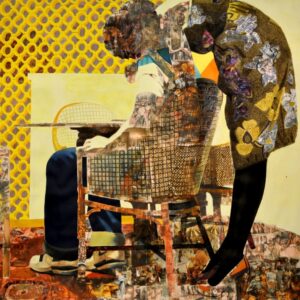
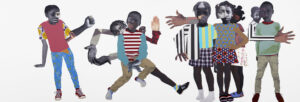
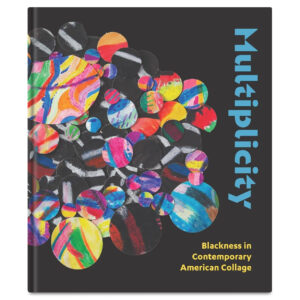

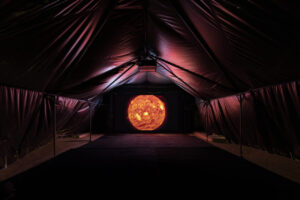
































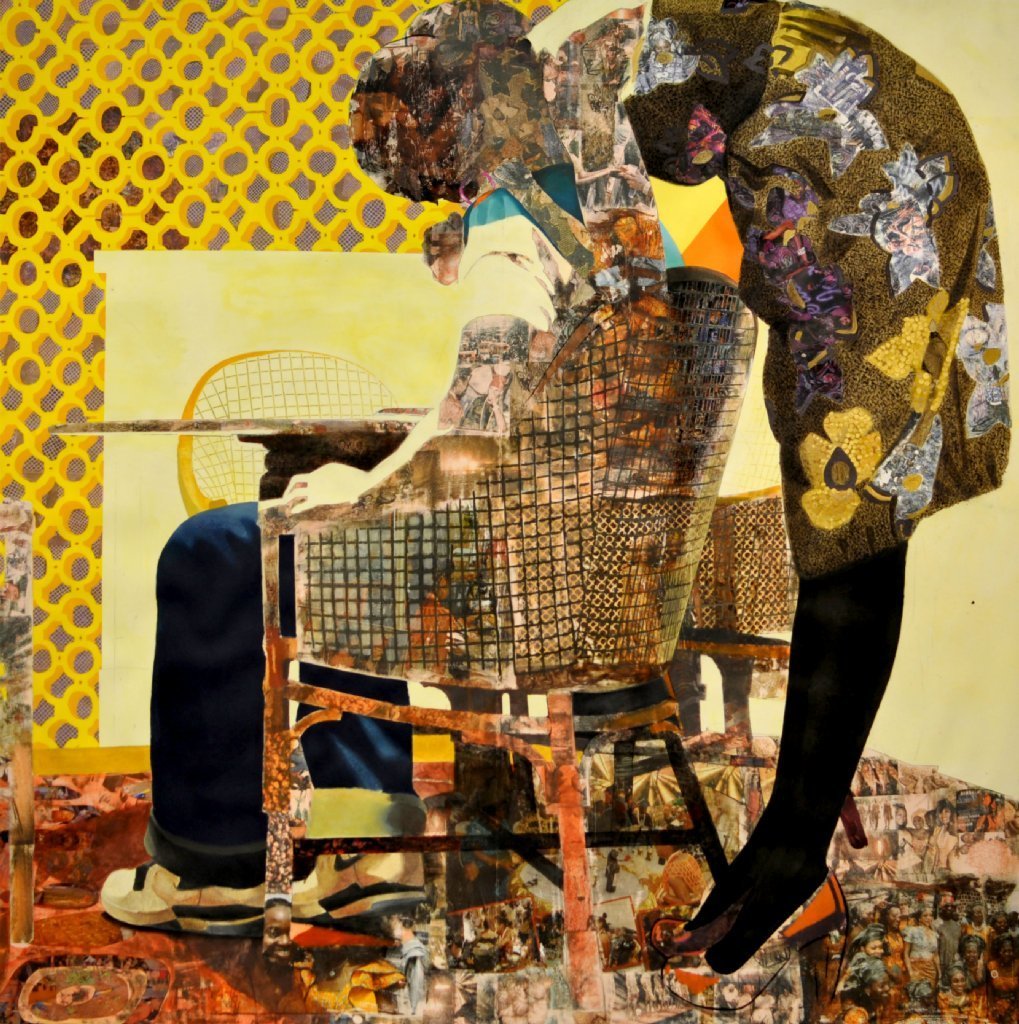












































_md.jpg)

_md.jpg)






_md.jpg)





















_md.jpg)



_md.jpg)









_md.jpg)

_md.jpg)

_md.jpg)

_md.jpg)

